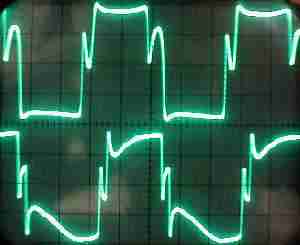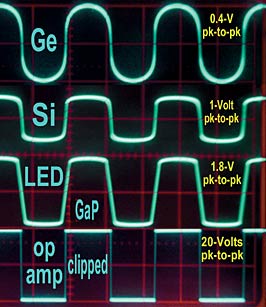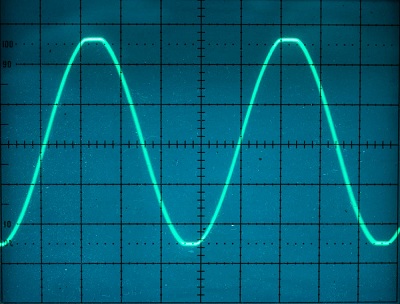If you're not interested in all of this you can just scroll down to the question at the bottom of this post.
I am in the middle of a transition from a 50W tube amp (Marshall 2550) and a Kemper with a retrofit Ritter power amp.
The problem in short is with my SS power amp I'm not getting anywhere near the volume I used to have with my old valve power amp. The sound, however is really brilliant!
Setup 1 with enough loudness:
Marshall 2550 50W tube head
Orange PPC212 rated 120 W at 16 Ohms
Setup 2 without enough loudness:
Kemper Profiler into Ritter Camplifier 180 - 180 Watts at 8 Ohms, meaning 90 Watts at my cabs 16 Ohms
Orange PPC212 rated 120 W at 16 Ohms
So I understand somehow tube power is more loudness per watt - obviously.. I think I get pretty much half the volume with my 90W Camplifier as I do with my 50W Marshall. Now I totally get that the Kemper is leaving a weaker signal as I had to adjust "volume" between settings to balance it out, but this is just too low. I got the Camplifier knowing that if it wasn't enough I can return it but that really doesn't solve my problem.. So far I only tried wiring the amp through the KPA's "Main Out" and someone suggested trying the "Monitor Out" which is supposed to leave a stronger signal but since I haven't been in a band situation for some time I haven't had the opportunity to try it..
Q: I would gladly take suggestions on how to maximize volume from my Kemper to my 120W@16Ohms cab without harming the speakers. How much SS power amp Wattage can I load into my cabinet? I can't seem to find other retrofit solutions than above mentioned but maybe I am just looking in the wrong places?
Oh and I already considered FRFR powered speakers and decided to go with regular guitar cab solutions.
I am in the middle of a transition from a 50W tube amp (Marshall 2550) and a Kemper with a retrofit Ritter power amp.
The problem in short is with my SS power amp I'm not getting anywhere near the volume I used to have with my old valve power amp. The sound, however is really brilliant!
Setup 1 with enough loudness:
Marshall 2550 50W tube head
Orange PPC212 rated 120 W at 16 Ohms
Setup 2 without enough loudness:
Kemper Profiler into Ritter Camplifier 180 - 180 Watts at 8 Ohms, meaning 90 Watts at my cabs 16 Ohms
Orange PPC212 rated 120 W at 16 Ohms
So I understand somehow tube power is more loudness per watt - obviously.. I think I get pretty much half the volume with my 90W Camplifier as I do with my 50W Marshall. Now I totally get that the Kemper is leaving a weaker signal as I had to adjust "volume" between settings to balance it out, but this is just too low. I got the Camplifier knowing that if it wasn't enough I can return it but that really doesn't solve my problem.. So far I only tried wiring the amp through the KPA's "Main Out" and someone suggested trying the "Monitor Out" which is supposed to leave a stronger signal but since I haven't been in a band situation for some time I haven't had the opportunity to try it..
Q: I would gladly take suggestions on how to maximize volume from my Kemper to my 120W@16Ohms cab without harming the speakers. How much SS power amp Wattage can I load into my cabinet? I can't seem to find other retrofit solutions than above mentioned but maybe I am just looking in the wrong places?

Oh and I already considered FRFR powered speakers and decided to go with regular guitar cab solutions.






Comment